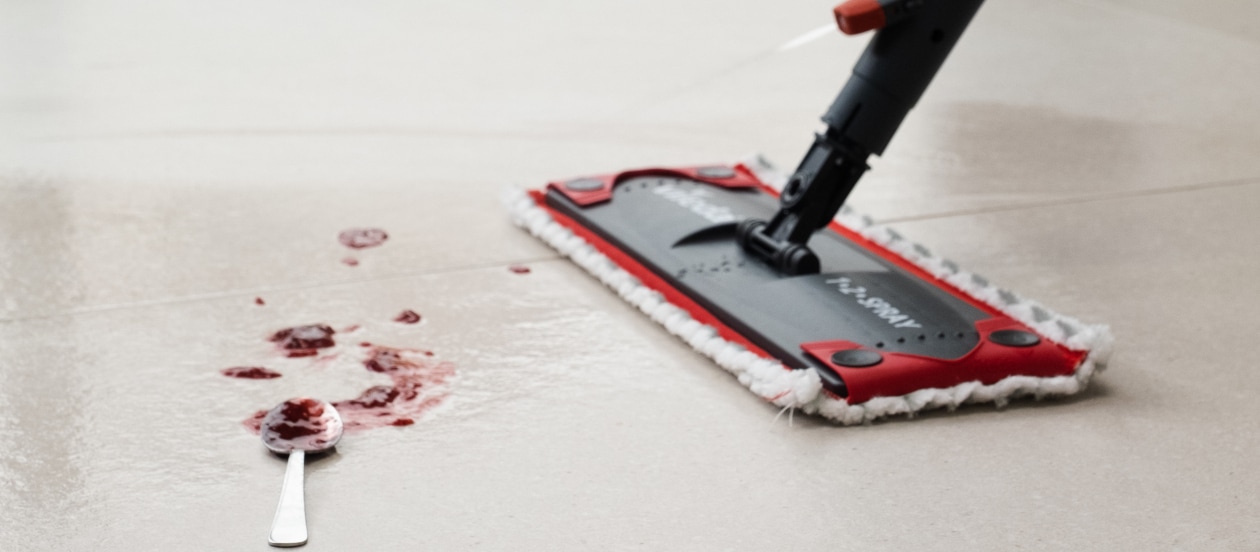
Keeping your floors clean is a fundamental part of maintaining a tidy and healthy home environment. Knowing how to mop floors correctly ensures that your efforts are efficient and effective, leaving your floors spotless. In this guide, we will discuss the best techniques and tips for mopping floors, including how often you should mop, what tools and solutions to use, and additional floor-cleaning tips.
The frequency of mopping your floors depends on several factors, such as the type of flooring, the amount of foot traffic, and whether you have pets or children. Here are some general guidelines:
High-traffic areas: Kitchens, hallways, and entryways should be mopped at least once a week. These areas accumulate dirt and grime quickly.
Low-traffic areas: Bedrooms and guest rooms can be mopped once every two weeks or even monthly, depending on their usage.
Pet owners: If you have pets, you might need to mop more frequently to manage pet hair, dander, and any accidents.
Allergies: If someone in your household has allergies, mopping more regularly can help reduce dust and allergens.
Using the right tools and solutions is crucial for effective floor mopping. Here’s what you need:
Mop: There are various types of mops available, including traditional string mops, sponge mops, and microfibre mops. Each type has its advantages, but microfibre mops are generally recommended for their superior cleaning ability and ease of use.
Bucket: A bucket with a wringer is essential for traditional mops, while some modern mops, like spray mops, eliminate the need for a bucket altogether. You may also decide to opt for a mop and bucket system that separates clean and dirty water for a more hygienic clean, such as the Vileda RinseClean.
Vacuum or broom: Before mopping, sweep or vacuum the floor to remove loose dirt and debris.
Water and white vinegar: A simple solution of water and white vinegar is effective for most hard floors. It disinfects and cuts through grime without leaving a residue.
Commercial floor cleaners: Choose a cleaner suitable for your floor type. For example, use a cleaner specifically designed for hardwood or tile floors.
Dish soap: For tougher grime, a few drops of dish soap in water can be effective. Rinse with clean water afterwards to avoid any soapy residue.
Water: The Vileda Turbo 2in1 Mop and Bucket System, removes 99% of bacteria with just water so you can ensure a chemical-free, hygienic clean.
Mopping floors effectively requires some specific techniques. Here are tips to ensure your floors are thoroughly cleaned:
Remove loose debris: Sweep or vacuum the floor to pick up loose dirt, dust, and hair.
Spot clean: If there are any spills or stains, spot clean them before mopping to avoid spreading them.
Use the right amount of solution: Avoid soaking the mop head too much or ensure you wring out your mop head efficiently. It should be damp, not dripping wet, to prevent water damage, especially on hardwood floors.
Mop in sections: Work in small sections, starting from the farthest end of the room and moving towards the exit to avoid stepping on wet floors.
Use consistent strokes: Mop in a figure-eight or an S-shaped pattern to cover the floor evenly and effectively.
Rinse regularly: Rinse the mop head frequently in clean water to avoid spreading dirt around. You made need to replace your water if it gets too dirty. Alternatively, try the Vileda RinseClean and its separate tanks for clean and dirty water, so you can rinse your mop head with clean water every time.
Dry the floor: After mopping, allow the floor to air dry. For hardwood floors, you may want to dry them with a clean towel to avoid water damage. You may want to open any windows and doors to help speed up the process.
Inspect and touch up: Check for missed spots and touch up as necessary.
While the general principles of dust mopping remain the same, certain floor types require specific considerations.
For tile and stone floors, a damp floor dust mop can be used to loosen and remove grime. However, excessive moisture can damage certain types of stone, so wring out the mop thoroughly and dry the floor promptly.
Laminate floors are sensitive to moisture, so use a dry floor dust mop or a very lightly dampened one. Avoid excessive water to prevent warping or damage.
Vinyl floors can be dust mopped with a dry or damp mop. If needed, use a mild cleaning solution, but avoid harsh chemicals that can dull the finish.
Maintaining clean floors is essential for a healthy and attractive home. By understanding how to mop floors correctly and using the right tools and solutions, you can keep your floors looking their best.
